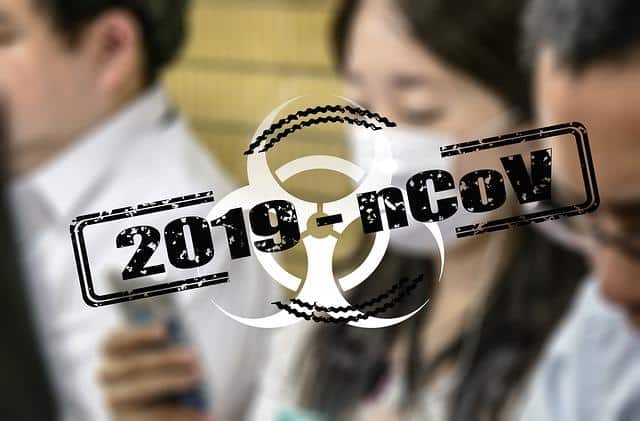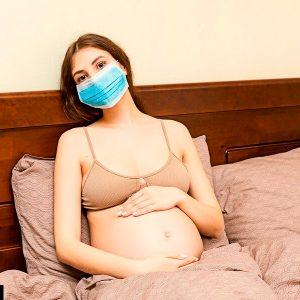
What are the factors that can delay the spread of COVID-19?
Solar radiation, humidity, and temperature are identified as factors that can delay the spread of COVID-19. In any case, these are experiments carried out under difficult to match conditions in real life, so the results should be taken with caution.
As countries around the world want to gradually move out of quarantine. Researchers are wondering what factors can delay the spread of COVID-19. If these factors were identified, it would be easier to move towards new less restrictive measures.
The problem is that it is a very controversial topic. While some studies suggest that seasonality would be a relief for the pandemic. Thanks to changes in temperature, on the other hand, some reports do not attribute any importance to the climate.
The latest statements from the Science and Technology division of the United States Homeland Security Department sowed further discussion. Based on their preliminary advances, ultraviolet rays, humidity, and temperature could delay the spread of COVID-19. However, many members of the scientific community came out to question the alleged findings.
Read Also
- What Is Coronavirus? Symptoms, Treatment And Prevention
- Recommendations to avoid infection by the coronavirus
- How to put on and take off gloves to avoid contagion by the coronavirus
UV rays as factors that can delay the spread of COVID-19
According to the report of the Homeland Security Department, sunlight would be able to inactivate the virus. It is clarified that this would not happen simply by exposure at any given time. But by the sustained action of UV rays against SARS-CoV-2 deposited on some surface.
The bedside test that was performed to evaluate UV rays as factors that can delay the spread of COVID-19, was carried out on stainless steel. There, on that surface, the amount of virus was halved in a drop of simulated saliva, after 2 minutes of sunlight intensity.
As far as we know, sunlight made up of three types of UV rays: A, B, and C. The latter are the most powerful if we measure them in terms of biological effects.
UVC rays destroy genetic material and are capable of wiping out pathogenic viruses. Which has been previously proven… During the SARS epidemic, between 2002 and 2003, this radiation had been experimented with to eliminate SARS-CoV.
In any case, it is worth clarifying that solar radiation may be a factor in delaying the spread of COVID-19 by its action in the environment, not in human organisms. It would be impossible to apply ultraviolet light inside the body. Yes, surface disinfection can be carried out, but not with any UV rays.
Moisture and coronavirus
Inside the saliva drops, the same conditions don’t always happen. SARS-CoV-2 transported within respiratory droplets between humans, although it does not always do so in the same way.
The size of the droplets does not appear to significantly affect the stability of the virus in the environment, but the amount of moisture could. The lower the humidity percentage, the more stable the virus remains, delaying its destruction.
On the contrary, according to the findings published by the Homeland Security Department, high humidity levels would act as a factor in delaying the spread of COVID-19. This could be associated with previous findings from 2002-2003 SARS and the influenza virus.
High temperatures could destroy SARS-CoV-2
The third factor that could delay the spread of COVID-19 is temperature. Many viruses deactivate faster when exposed to high temperatures. Unlike some bacteria, these particles cannot form spores and resist.
When experimenting with saliva drops on surfaces, the temperatures of those surfaces also analyzed. It turns out that half of the SARS-CoV-2 viral particles contained in a respiratory droplet inactivated after being one hour between 21 and 24 degrees Celsius.
This temperature instability of the virus cannot be directly transferred to the climate. Analysis of the spread of the pandemic in China, where it originated, would allow the hypothesis of less spread in hot regions.
The temperature controversy
Compared to the flu, it is not illogical to think that temperature is one of the factors that can delay the spread of COVID-19. All over the world, as the winter season passes, with the spring and summer, influenza cases decrease.
In any case, the current pandemic, according to reports still under review, is spreading without respecting climates or geographic regions. Also, summer coincides with school holidays, which would decrease the spread due to the lack of overcrowding in educational establishments.
The controversy over temperature and coronavirus is an alert, according to detractors of this hypothesis. These researchers warn that it would be irresponsible to rely on seasonal change just to stop the pandemic. We need concrete public health actions that facilitate the quarantine exit safely, beyond the climate.




